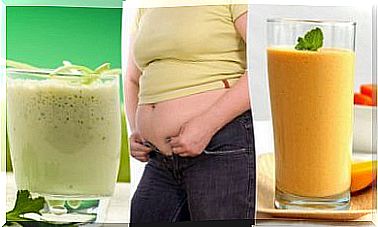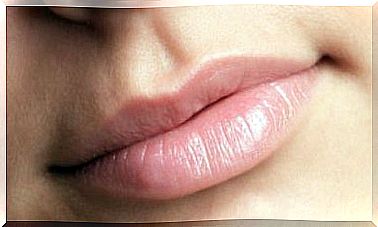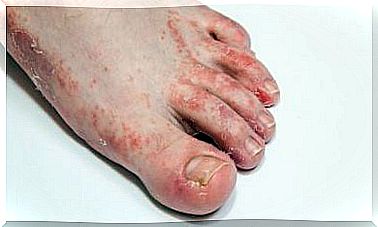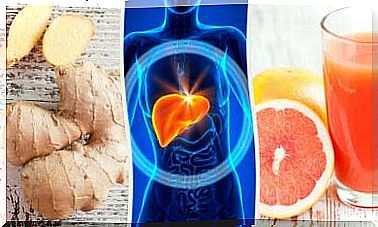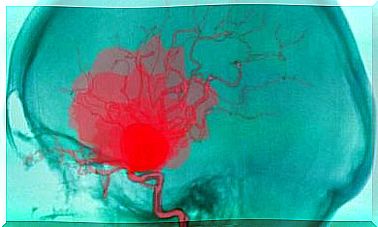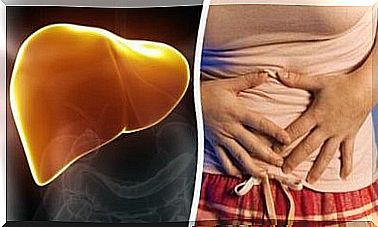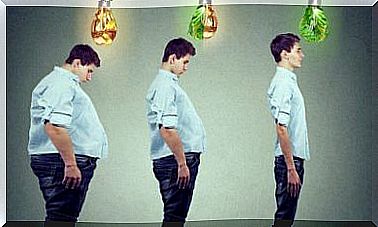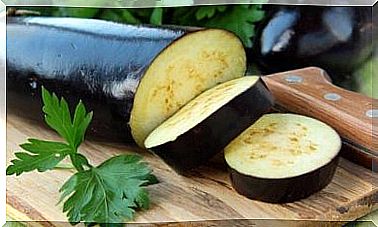Why Does The Skin Age?
Aging of the skin is mainly characterized by increased dryness, wrinkles and greater transparency of the skin.
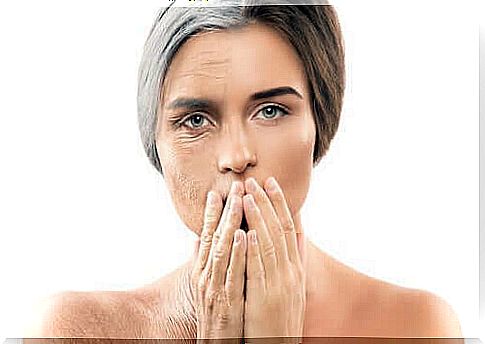
One thing that particularly scares women is the aging of the skin. Who wouldn’t want to keep their skin smooth and youthful forever? However, while we can slow it down a bit, we know it’s an inevitable process. But do we know why this is happening?
The skin is the largest organ in the human body. It is constantly renewed and is in relation with the other organs. It is used to protect the body against physical and chemical attacks or infections. In addition, it allows the transmission and exchange of information between the body and the outside.
But it is undeniable that the skin also fulfills a very important aesthetic function. In this article, we explain why skin aging occurs.
Signs of skin aging
Aging of the skin begins to manifest itself at the age of 25 years. At first, fine lines appear which, over time, turn into wrinkles. The skin, little by little, loses volume and density; it becomes paler and more translucent, but also flabby.
On the other hand, spots may appear in areas exposed to the sun. They are common on the face, the back of the hand and the back, where the skin also tends to lose its elasticity. Likewise, the blood vessels in the dermis become more fragile and, as a result, small areas of bleeding appear under the skin.
The sebaceous glands are responsible for producing substances that maintain hydration. As the skin ages, these glands decrease in their performance. As a result, the skin becomes drier and tends to itch.
The same goes for the sweat glands. Like the sebaceous glands, they reduce their performance. Sweat helps maintain body temperature. When it decreases, the risk of hyperthermia (sudden increase in body temperature) increases.

Why is the skin aging?
Aging of the skin occurs for different reasons. Over time, the skin produces less protein, such as collagen, which allows it to perform its function properly. Many factors influence this situation; some are preventable and controllable.
Avoidable factors are those we know about and can reduce. For example, lack of sleep and stress, which alter the hormones involved in skin renewal. Insufficient hydration also influences the health of the skin.
Exposure to the sun intensely accelerates aging. The sun damages the mechanisms that allow the skin to renew itself. In other words, it changes the production of collagen and elastin. Likewise, an inadequate diet also impairs these proteins, making the skin appear less youthful.
However, there are factors that are beyond our reach. First of all, we find genetics, which carries a significant weight. The race and type of skin we are born with also determines, in part, aging.
For example, fair, sensitive skin tends to wrinkle earlier. On the other hand, Asians tend to have uneven skin tone and less wrinkles. Moreover, the dryness of the skin mentioned above is also influenced by genetics.
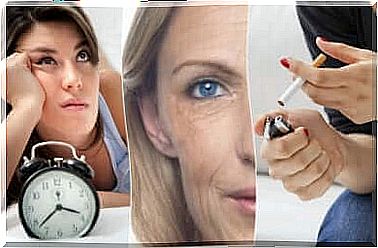
How can we prevent skin aging?
There is no definitive solution to this problem. While we can’t stop it, we can slow it down. To do this, you just need to lead a healthy lifestyle. Moderate physical exercise is an antioxidant, so it reduces free radicals which also influence the aging of the skin.
A good diet, without deficiencies, helps the skin to have the necessary nutrients for renewal. Likewise, it is very important to stay well hydrated. You should also avoid stress and try not to live too fast.
However, the most important thing is to reduce exposure to the sun. The sun is the skin’s worst enemy because it dramatically speeds up the aging process. It is not enough to just use sunscreen; the best way to reduce radiation damage is to avoid sunbathing.
In conclusion
Aging of the skin is a process that we cannot avoid. However, maintaining proper care can help slow it down. Try to pay enough attention to your skin!
